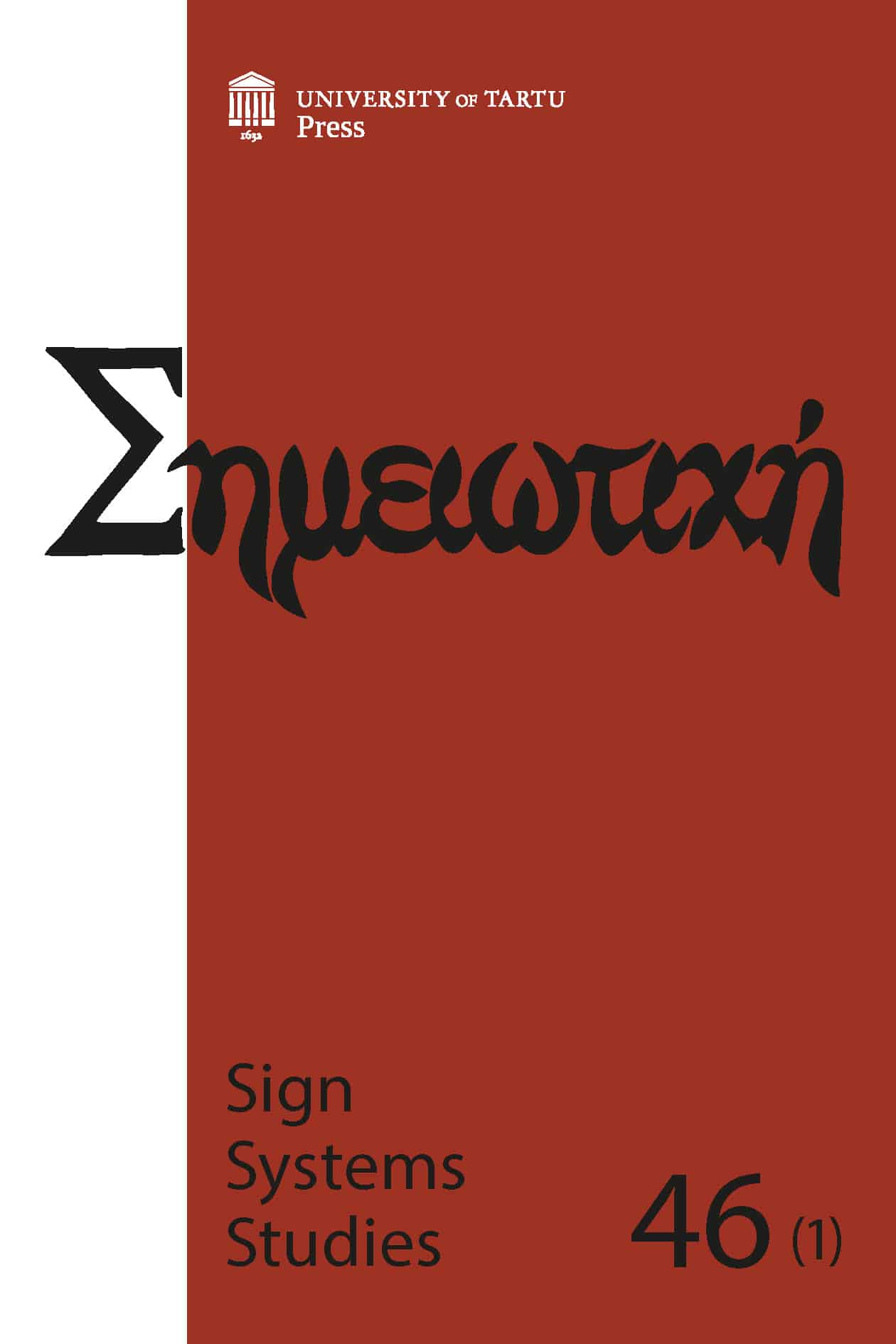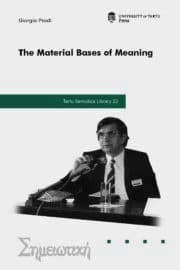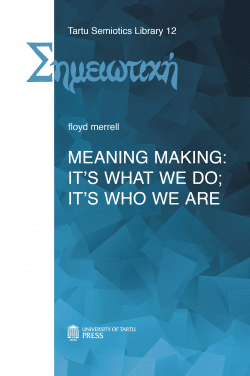Concepts for Semiotics II
25,00 €
MüügitingimusedHighlighting concepts in the paradigm of semiotics is of growing importance in the era of contemporary transdisciplinary developments. Semiotic concepts are decisive for theoretical foundations in the inspection and explanation of culture, society, ecosystem, and humans themselves, as they also have high value for diverse applied studies that target objects loaded with meaning. Similar to its predecessor Concepts for Semiotics (2016), the present volume showcases the ongoing research of Tartu semiotics scholars advancing the state of the art in semiotics on diverse fronts. Attention is paid to both overall theoretical issues concerning semiotic terminology, and to specific concepts in their methodological value and spectrum.
This work was motivated by the need to reflect on the terminological “interface” or “metalanguage” with which we communicate as an epistemic community in dialogue with other disciplines. This is done, on the one hand, by deconstructing the limits of foundational concepts in the field (e.g., “theory”, “diagram”, “affordance”, “self”). And, on the other hand, by constructing improved definitions that more accurately reflect the processual reality of complex phenomena (e.g., “spectacle”, “enchantment”, “authentication”, “meaning-breaking”, “modal reality”, etc.).
Although every contribution specializes according to a particular conceptual framework, the anthology as a whole represents the complementarity of different approaches, such as cultural semiotics, biosemiotics, sociosemiotics, Greimassian semiotics, Peircean semiotics, critical theory, and Buddhist studies. As a result, the anthology takes a step back from current semiotic trends (usually based on topics or “themes”) and highlights the importance of semiotic terminology as a methodological bridge between theory and practice.







